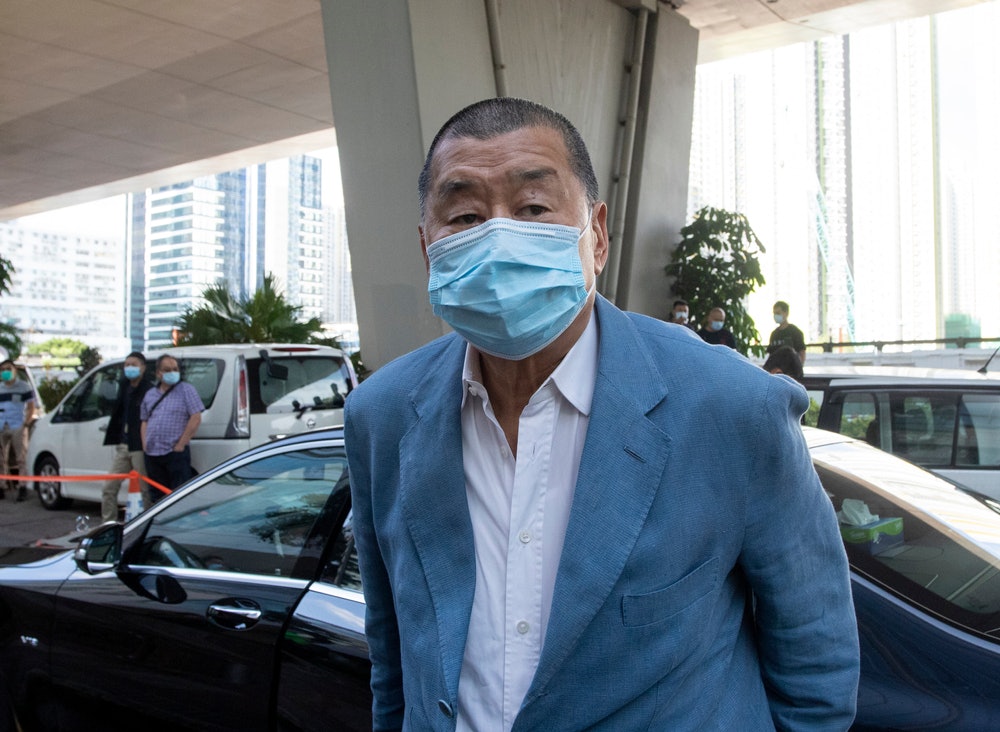The COVID-19 pandemic has deepened a global crisis in women’s health, and we need to innovate now to make sure that women aren’t left further behind.
The COVID-19 pandemic has deepened a global crisis in women’s health, and we need to innovate now to make sure that women aren’t left further behind.
Over the past two years, circumstances created by the pandemic have delayed or prevented exams and screenings, putting women’s overall health in jeopardy. The problem is exacerbated along socioeconomic and geographic lines, both domestically and globally.
For innovation to happen, funders of public health programs and the individuals or organizations managing them need to be flexible, make resources available, and be willing to implement new approaches. The tools of the past aren’t working in a COVID-19 world, and we must change if we’re to make up for lost ground.
There are some lessons to be learned from sub-Saharan Africa: Basic services provided as part of Go Further – a partnership between the U.S. Department of State through the President’s Emergency Plan for AIDS Relief, the George W. Bush Institute, UNAIDS, Merck, and Roche – were shuttered when COVID-19 hit, mainly screening for cervical cancer. But after a couple of rocky quarters, the programs rebounded.
Cervical cancer screenings are especially critical in sub-Saharan Africa, where the disease kills over 72,000 women annually. It’s the most common cancer among women in the region, largely due to its significant HIV burden. Women living with HIV are six times more likely to develop cervical cancer than women who are HIV-negative.
At the end of the annual reporting period in September 2021, Go Further screened more women than any previous year and had its most successful year in meeting screening targets than ever before.
This success came from innovation and dedication. Country partners – including PEPFAR teams, implementing organizations, healthcare workers, and communities – didn’t revert to the pre-COVID status quo. They came together to find new ways to reach women.
When we talk about innovation, we often think of shiny new technology, but some of the best innovation happens when we put our minds into action, ask the right questions, involve the right people, and simply change the way we do things.
In some instances, this did include using new and better screening methods. Other times, it involved hardworking, passionate people who harnessed their collective ingenuity to creatively re-engineer the tools already available.
Go Further partners tapped into the community, used existing technology and communications platforms in new ways, and thought critically about the health care infrastructure to make small adjustments that had big impact.
To improve client satisfaction and understand communities’ perspectives, partners started regularly implementing clinic exit surveys to identify areas that needed improvement and solutions to address them.
Women living with HIV who have received training on how to talk to their peers about the importance of cervical cancer screening led efforts to encourage women to go to the clinic for their tests, even amid the uncertainty and fear surrounding COVID-19.
These advocates moved their outreach efforts to the WhatsApp phone messaging application, common across sub-Saharan Africa, rather than continuing to go door-to-door to share information with their neighbors and friends. When a woman in their communities screened positive for cervical precancer, these expert clients were able to escort the patient to her treatment appointments to help ease some of her fears and mitigate hurdles that women face in navigating the health care system.
Virtual or phone-based platforms were also used within clinic settings to communicate among teams, review data, and improve care by connecting with more experienced health care workers to discuss and get feedback on a particular case in real time. Existing virtual mentorship was increasingly relied upon for training and quality improvement.
In addition to tapping into the community and using existing technology, teams also took a critical look at the systems in health care facilities and made changes to keep themselves and clients safe and serve clients better. Several clinics redesigned patient flow to reduce the time clients spent in the facility –including by prepacking medicines so clients didn’t need to wait for them to be prepared. Others introduced extended evening hours and weekend appointments. Importantly, many clinics shifted from a walk-in clinic structure to a pre-booked appointment system.
As we seek to gain ground lost for women over the past two years – whether for cervical cancer screening or another area – we must both think outside the box and better use the tools and resources we already have available. Only then can we ensure that women are best supported.































